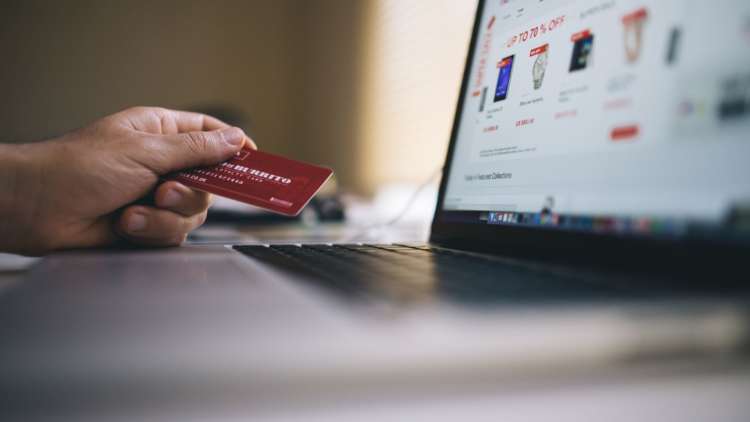The global coronavirus pandemic has transformed lives. Not just how we work, travel and socialise but also how we make and accept payments for things. The new ways of “cashless” payments were already on the horizon and would have happened anyway, but the pandemic just fast-forwarded us to the future of digital payments.
The switch from cash to non-cash is largely responsible for the change in consumer behaviour and expectations during the COVID-19 pandemic. While only germaphobes would talk about how bacteria-prone currency notes and coins were, during this pandemic, everyone seems to be concerned about it. Today, contactless “digital” payments have turned into the new normal and certainly become a part of the public health response to the pandemic. With digitised payment solutions, consumers can now pay when, where, and how they want―quickly, easily and more conveniently.
Understanding the trends and predictions that are going to transform the payments industry in the future is crucial for any business or financial institution looking to take advantage of new opportunities created by the COVID-19 crisis.
But…What is a Digital Payment?
A digital payment is any transaction conducted over the internet or mobile channels (like mobile phones or PoS) as a means of paying for a particular service or good―without the physical exchange of cash or check.
Based on the current scenario, fintech companies are investing more resources in developing new, user-friendly digital payment solutions that ensure business continuity and promise consumer safety.
Here are five predictions for the future of digital payments.
Digital Payments will Take over Traditional Credit Cards and Cash.
The pressing need for reduced or contactless payment solutions during the pandemic has already resulted in increased limits on credit and debit cards. As consumers have started to realize the ease of digitised payments through mobile payment technologies, the use of plastic cards and currency notes has seen a significant dip. The change in consumer attitude has also forced businesses that preferred cash payments to join the “contactless” club to ensure continuity. The use of digital wallets has also shown a significant rise in becoming the preferred method to make purchases for consumers.
The Rise of Self-Checkouts on Mobile.
No customer would want to stand in a long waiting queue to pay while shopping or paying a household bill, especially during a pandemic like this. It attacks the social distancing protocol and is time-consuming at the same time. Retailers and hospitality providers must move their PoS from a fixed, physical location to a mobile device where an app on the consumer’s phone can make all the payments—quickly, securely and conveniently. The global demand and rise of software-based PoS technology have enabled the smaller retailers to integrate this self-checkout technology into their systems, which was once the preserve of giant retailers in the industry.
Mobiles will Go Beyond Just Online Payments.
While today consumers can easily access, send and receive money through their mobile devices like phone, the future of mobile payments is not limited to being just a means to make payments. Retailers will be able to engage with consumers by accessing behavioural insights and develop meaningful relationships, promising users a smoother shopping experience. Merging payments through mobile PoS and self-checkout options with loyalty schemes will provide consumers with added convenience along with the benefit of personalised offers, discounts and vouchers.
Banks: Less About Payments and More About Customer Benefits.
With the COVID-19 digital shifts, the world is stepping into the era of “the bank as a commodity”. New players like Google have launched their account services offering consumers a platform to not just store and pay but also offer additional benefits to them when it comes to usefulness, product portfolio and a personalised approach.
A Cashless Post-COVID World, Why Not?
The rising concerns over transmission of the virus through the exchange of physical cash or coins have led to a significant drop in the use of cash. As consumers are quickly adopting touchless alternatives for their convenience and value, it is unlikely that digital payments would take a backseat even after the pandemic is over.
As this new digital payment era is enabling newer and easier ways of banking and digital payments, all businesses must be willing and ready to embrace it in order to ensure a more seamless experience for their customers than ever before.
Want your business to stay ahead of the curve with these predictions? You can outsource finance and accounting services to India with zero overheads and streamline your financial operations more than ever before.


